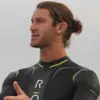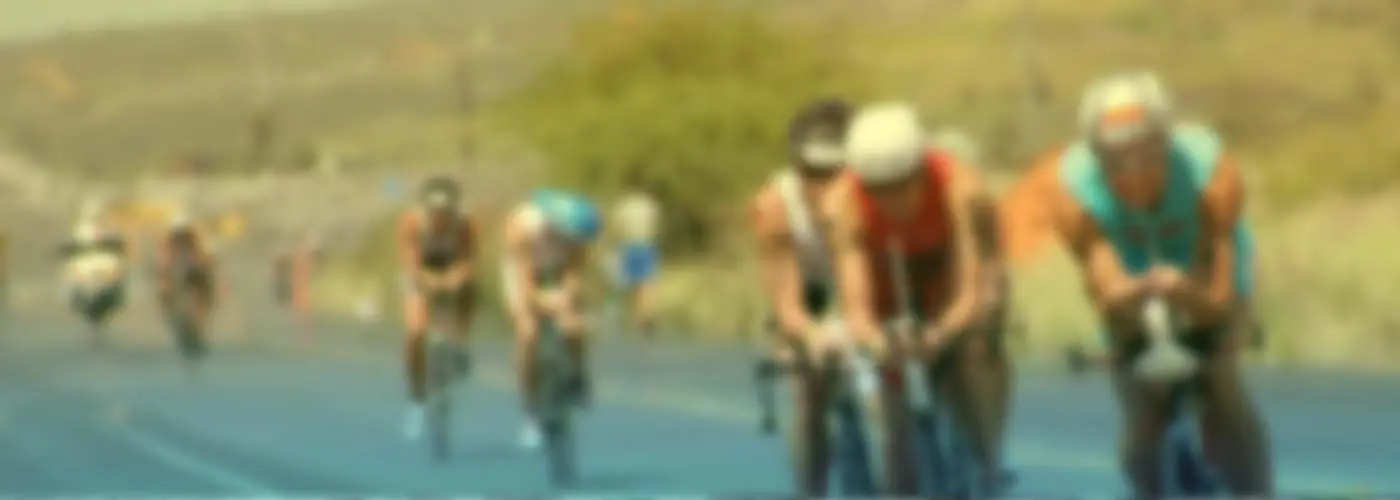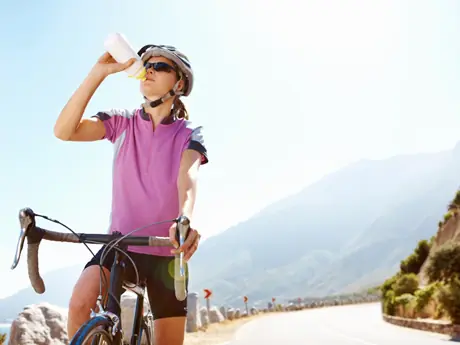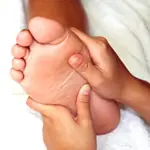
We are able to place our hands anywhere in our field of vision because of the shoulder's incredible mobility. With this great range of motion, it's difficult to maintain stability--especially when water is thrown into the mix.
So, how do you safeguard your shoulders during freestyle? Should you be feeling pain or discomfort occasionally when swimming?
Swimmer's Shoulder is a very common injury for swimmers. It is solely the swimmer's mechanics that can create dysfunction in their swim stroke, rather than a natural product of the sport. In daily life we often underutilize our shoulders and their incredible range of motion, causing the fine motor control in freestyle to feel foreign and difficult. The general problem is that swimmers try to power their stroke with their shoulders, opposed to the larger muscles of the back.
More: Wetsuit Basics for New Triathletes: Racing
There are a few mechanical errors that consistently show up in swimmers of all levels, and it's important to take a close look at their causes and effects and how to minimize the potential risk of taking on one of these bad habits.
The Primary Culprits
Reach! Reach! Reach!
This can be heard from pool decks around the world, and this message can be incredibly misleading and harmful to a swimmer's freestyle mechanics. When hearing this, the swimmer will naturally reach their arm out as long as they can in front of their head each stroke, thinking that the extra inch or two they get will add to their overall power. Conceptually this seems like a pretty rational idea. Unfortunately, in order to reach the arm long overhead requires the athlete to hyperextend their arm and take their shoulder blade out of its pocket.
More: Training For a T1 Transition
In order to keep the shoulder blade in its safe range, you will need to actively retract your shoulder blades by pinching them together and drawing them down. This scapular retraction helps support the arm throughout all phases of the stroke and allows for greater control and consistency through each pull. Don't be surprised if this new focus feels as if you've shortened your stroke. The water can be quite deceptive, and what things look like compared to what they feel like is always different.
Time it Right
Properly timing your pull is critical, as an early pull (dropped arm/elbow) will create subsequent timing issues elsewhere in the stroke and put excess strain on your shoulder. The goal is to maintain the lengthened position of the arm opposite of the breath until the fingers of the recovering arm's hand break the surface of the water. The rotator cuff helps take on the role of stabilizing the shoulder joint of the lengthened arm at this phase of the stroke.
Visualize your body as a long, lean line in the water, extending from your toes to your fingertips. Maintaining this profile creates buoyancy and lift and syncs up the rotation and drive of the hips. If the extended arm drops early, it creates significant drag at the front of the stroke that both isolates and overloads the shoulder and throws off your body's balance and ease of breath.
More: Fun Swim Caps to Spice Up Your Swim
To practice this concept, kick on your side with the bottom arm out front as you would in freestyle, and keep the opposite arm by your side. Maintain standard freestyle body position as you begin to recover the resting arm forward. When the recovering arm breaks the water, smoothly begin to pull the submerged arm and rotate your body to the other side. Repeat this pendulum-like motion for the entire length and follow the drill with a length of freestyle to help directly integrate the focus into your full stroke.
- 1
- of
- 2
About the Author







Discuss This Article